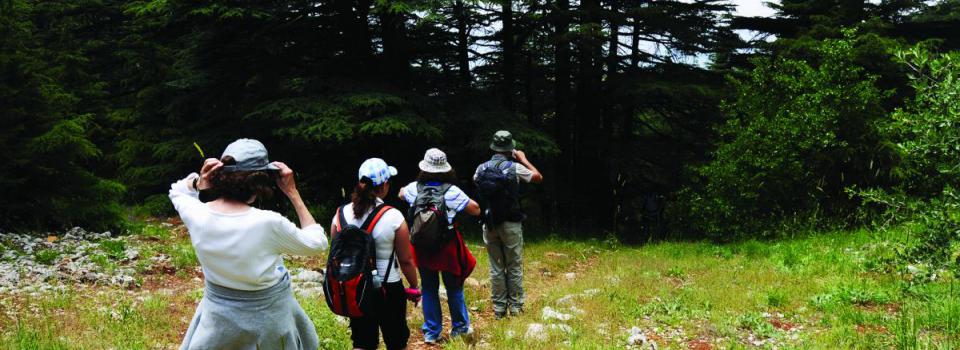Sharing Experience: Biodiversity Conservation and Protected Areas Management in West Asia
Threats and losses of unique ecosystems of mangrove forests in Iran, restoration plans of threatened species in Saudi Arabia, economic ecosystems services of the Shouf Biosphre Reserve, and local community involvement in protected area management in Jordan were highlighted in an event organised by the IUCN Regional Office for West Asia (ROWA) and its members at the World Parks Congress held in Sydney.
The aim of this event was to help showcase achievements and experience in biodiversity conservation and protected areas management among the IUCN Members in West Asia.
Ph Mina Esteghamat from Iran in her presentation underscored that indigenous peoples’ and community conserved territories and areas (ICCAs) should be better supported to sustain their livelihood through pastoral activities and agriculture.
The delegate from Saudi Arabia, Mohamed bin Sultan Al Subaie explained the monitoring activities developed on green turtles in the coastal waters of the country. This work has contributed to identify gaps in capacity for improving conservation and establishing more effective marine protected areas. In the third case presentation, Nizar Hani from Al Shouf Organization (Lebanon), highlighted that the Shouf Biosphere Reserve is providing jobs and ecosystems services to a wider region encompassing 22 towns and villages and a total population of about 116,000. A complementing case study from Jordan showcased how total community integration and involvement plays a big role in protected areas management. One of many positive examples is the protected areas managed by the local NGO the Royal Conservation Society of Jordan.
Private partnerships have proven to enhance protected area management in a positive model in Lebanon. Holcim a private company has allowed for a piece of their land to become an orchid sanctuary. Dr Myrna Samaan stated that the land has not only regional importance but can be set as a global example of positive private company cooperation. The land owned by Holcim contains 14 different species of orchids which have been studied. The full biodiversity assessment of the area was launched in a book “A Sanctuary of Orchids”.
A lively discussion followed the presentations regarding the current status of the region and how to help evaluate proper and standard measures needed for effective protection. All participants agreed that a multidisciplinary understanding of biodiversity conservation and protected areas is needed to demonstrate gaps for effective management in the region.
For further information: Lara Nassar







